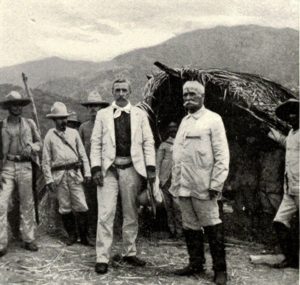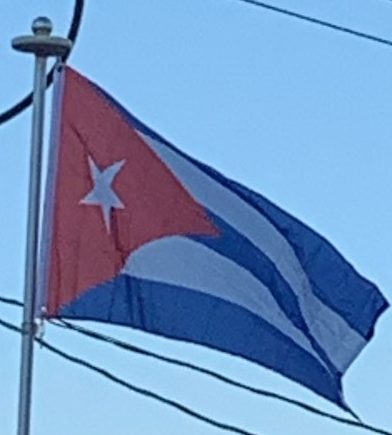In part due to Cuban slaves working primarily in urbanized settings, by the 19th century, there had developed the practice of coartacion, or “buying oneself out of slavery”, a “uniquely Cuban development”, according to historian Herbert S. Klein. Due to a shortage of white labor, blacks dominated urban industries “to such an extent that when whites in large numbers came to Cuba in the middle of the nineteenth century, they were unable to displace Negro workers.” A system of diversified agriculture, with small farms and fewer slaves, served to supply the cities with produce and other goods.
In the 1820s, when the rest of Spain’s empire in Latin America rebelled and formed independent states, Cuba remained loyal. Its economy was based on serving the empire. By 1860, Cuba had 213,167 free people of color, 39% of its non-white population of 550,000. By contrast, Virginia, with about the same number of blacks, had only 58,042 or 11% who were free; the rest were enslaved. In the antebellum years, after Nat Turner’s Slave Rebellion of 1831, Virginia discouraged manumissions and strengthened restrictions against free blacks, as did other Southern states. In addition, there was a high demand for slaves, and Virginia planters sold many in the internal domestic slave trade, who were shipped or taken overland to the Deep South, which had greatly expanded its cotton production.
Independence Movements:
Full independence from Spain was the goal of a rebellion in 1868 led by planter Carlos Manuel de Céspedes. De Céspedes, a sugar planter, freed his slaves to fight with him for an independent Cuba. On 27 December 1868, he issued a decree condemning slavery in theory but accepting it in practice and declaring free any slaves whose masters present them for military service. The 1868 rebellion resulted in a prolonged conflict known as the Ten Years’ War. Two thousand Cuban Chinese joined the rebels. Chinese had been imported as indentured laborers. A monument in Havana honors the Cuban Chinese who fell in the war.
The United States declined to recognize the new Cuban government, although many European and Latin American nations did so. In 1878, the Pact of Zanjón ended the conflict, with Spain promising greater autonomy to Cuba. In 1879–1880, Cuban patriot Calixto García attempted to start another war known as the Little War but did not receive enough support. Slavery in Cuba was abolished in 1875 but the process was completed only in 1886.

An exiled dissident named José Martí founded the Cuban Revolutionary Party in New York in 1892. The aim of the party was to achieve Cuban independence from Spain. In January 1895 Martí traveled to Montecristi and Santo Domingo to join the efforts of Máximo Gómez. Martí recorded his political views in the Manifesto of Montecristi. Fighting against the Spanish army began in Cuba on 24 February 1895, but Martí was unable to reach Cuba until 11 April 1895. Martí was killed in the battle of Dos Rios on 19 May 1895. His death immortalized him as Cuba’s national hero.
